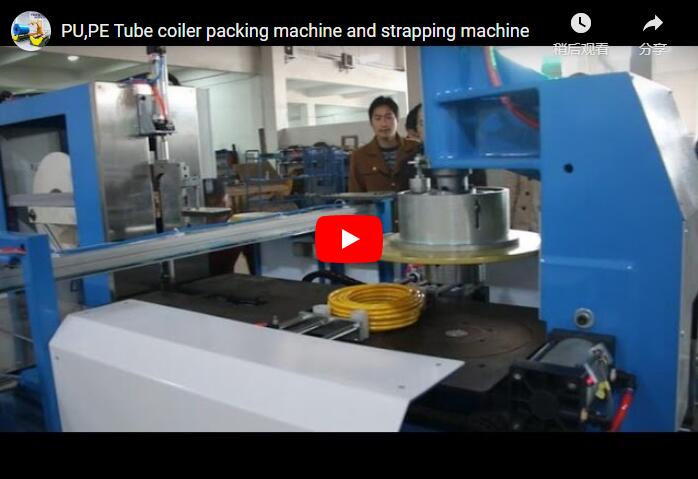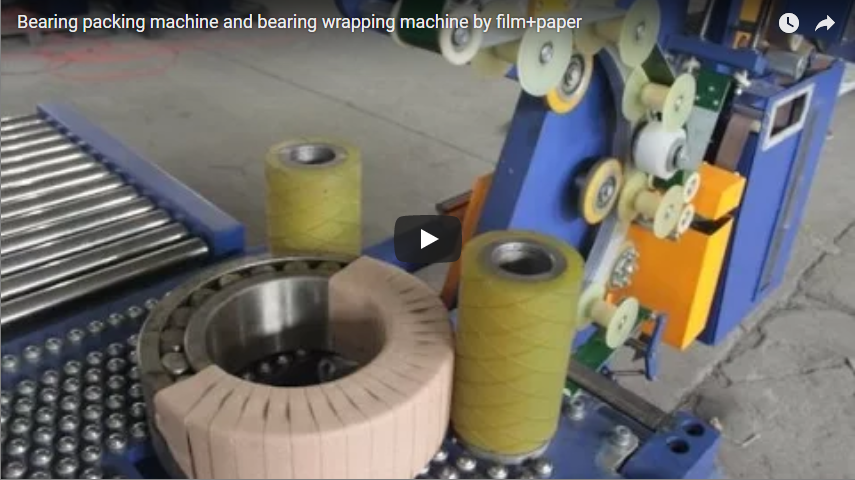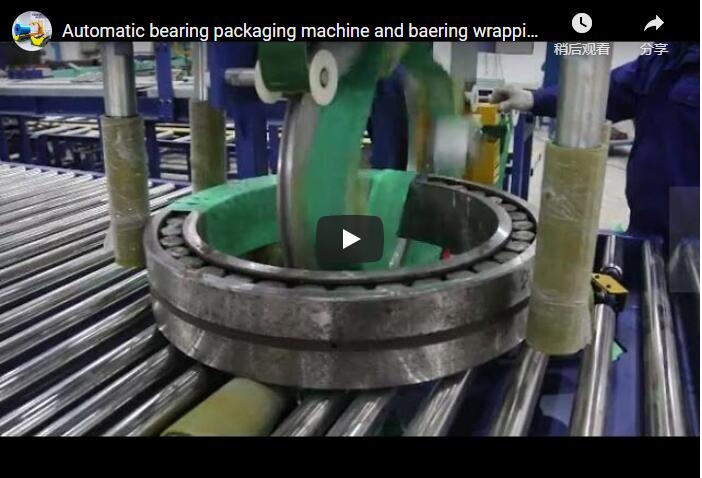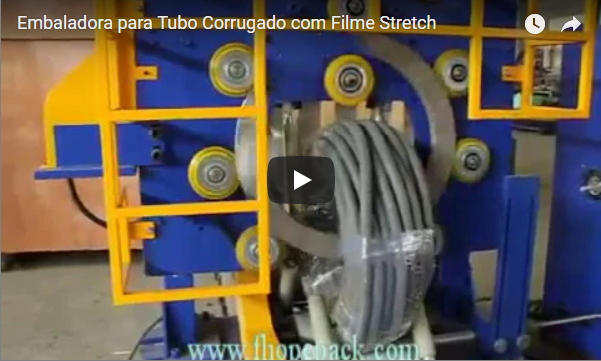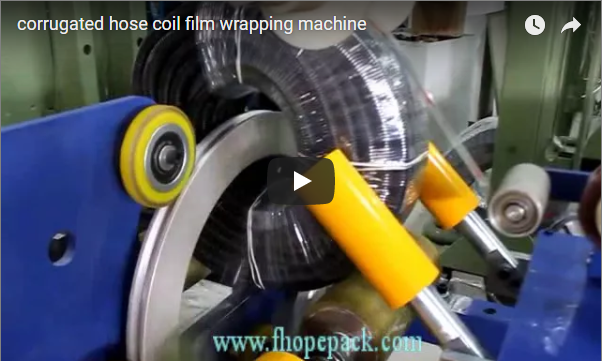Automated Horizontal Wrapping: Enhancing Protection for Large Wind Turbine Bearings
Handling and protecting large-diameter bearings, particularly those used in demanding applications like wind power generators, presents significant logistical and preservation challenges. These components are not only heavy and unwieldy but also highly susceptible to damage from impact, contamination, and corrosion during storage and transit. Automated packaging solutions, specifically horizontal bearing wrapping machines, offer a robust method to ensure these critical components reach their destination in optimal condition.
1. The Challenge: Protecting High-Value Large Bearings
Large bearings, such as the slewing rings found in wind turbines, represent a substantial investment. Damage during handling or inadequate protection during storage can lead to costly repairs or replacements and project delays. Key risks include:
- Physical Damage: Impacts, scratches, or deformation from improper handling or unsecured transport.
- Contamination: Dust, dirt, or moisture ingress compromising bearing surfaces and lubrication.
- Corrosion: Rust formation due to exposure to humidity or corrosive environments, significantly impacting bearing life and performance.
Manual wrapping methods for such large components are often inconsistent, labor-intensive, and may not provide a uniform, hermetic seal essential for long-term protection, especially when using materials like Volatile Corrosion Inhibitor (VCI) film.
2. Solution Profile: Horizontal Bearing Wrapping Machines
Horizontal wrapping machines are specifically engineered to apply protective packaging materials (like stretch film, VCI paper, or polyethylene film) around the outer diameter of large, ring-shaped objects positioned horizontally. The bearing passes through a rotating ring carrying the wrapping material shuttle, creating a continuous, tightly wrapped layer around the component.
This automated approach is particularly well-suited for heavy, large-diameter bearings common in the wind energy sector.
3. Key Technical Specifications and Features
When evaluating horizontal bearing wrapping machines for applications like wind turbine bearings, consider these typical technical parameters:
- Machine Type: Horizontal axis orbital wrapping system.
- Bearing Capacity:
- Outer Diameter (OD): e.g., 500mm - 5000mm (Specific range varies by model)
- Inner Diameter (ID): e.g., 300mm - 4500mm (Specific range varies by model)
- Width/Height: e.g., 100mm - 800mm
- Max Weight: e.g., up to 10,000 kg or higher
- Wrapping Materials: Compatible with VCI stretch film, standard stretch film (LLDPE), VCI paper, crepe paper, PE film.
- Control System: Typically PLC (Programmable Logic Controller) based with HMI (Human-Machine Interface) touch screen for parameter setting (e.g., wrapping speed, overlap ratio, tension control).
- Automation Level: Can range from standalone units to fully integrated systems within a production or packaging line, including conveyors and automatic film cutting/clamping.
- Wrapping Speed: Adjustable ring speed and conveyor speed (e.g., 2-5 m/min conveyor speed, 40-90 r/min ring speed, subject to bearing size and weight).
- Safety Features: Emergency stops, safety fencing, light curtains, mechanical locks during operation.
4. Operational Benefits and Shared Experience
Implementing automated horizontal wrapping offers significant operational advantages compared to manual methods:
- Consistent Wrap Quality: Ensures uniform tension and overlap of the wrapping material, critical for effective VCI protection and load stability. Eliminates variations inherent in manual wrapping.
- Enhanced Protection: Provides a tightly sealed barrier against moisture, dust, and contaminants, significantly reducing the risk of corrosion and physical damage.
- Reduced Manual Handling & Improved Safety: Automating the wrapping process minimizes direct manual manipulation of heavy bearings, lowering the risk of worker injury and component damage.
- Increased Throughput: Automated cycles are faster and more predictable than manual wrapping, improving overall packaging line efficiency.
- Optimized Material Usage: Precise control over film overlap and tension can lead to more efficient use of packaging materials compared to manual application.
- Integration Capability: These machines can often be seamlessly integrated into existing manufacturing or logistics workflows, receiving bearings from production lines and feeding them into storage or shipping processes.
5. Video Demonstration
The embedded video showcases a horizontal bearing wrapping machine in operation, demonstrating the process of applying protective film around a large bearing component. Observe how the wrapping ring orbits the stationary bearing, ensuring complete coverage.
6. Considerations for Selection
Choosing the right horizontal wrapping machine involves evaluating:
- Bearing Dimensions & Weight: Ensure the machine's capacity matches the range of bearings to be processed.
- Required Protection Level: Determine the necessary packaging materials (e.g., VCI for corrosion protection, heavy-duty film for physical protection) and ensure machine compatibility.
- Throughput Requirements: Match the machine's cycle time and speed to your production or shipping volume.
- Level of Automation: Decide between standalone operation or full integration with conveyors and handling systems.
- Available Floor Space & Facility Integration: Consider the machine footprint and utility requirements (power, compressed air).
7. Conclusion
Automated horizontal wrapping machines provide a reliable, efficient, and safe solution for protecting large, high-value bearings like those used in wind power generation. By ensuring consistent wrap quality and minimizing manual handling, these systems contribute significantly to maintaining component integrity from the factory floor to the installation site, safeguarding critical investments in the renewable energy sector.

